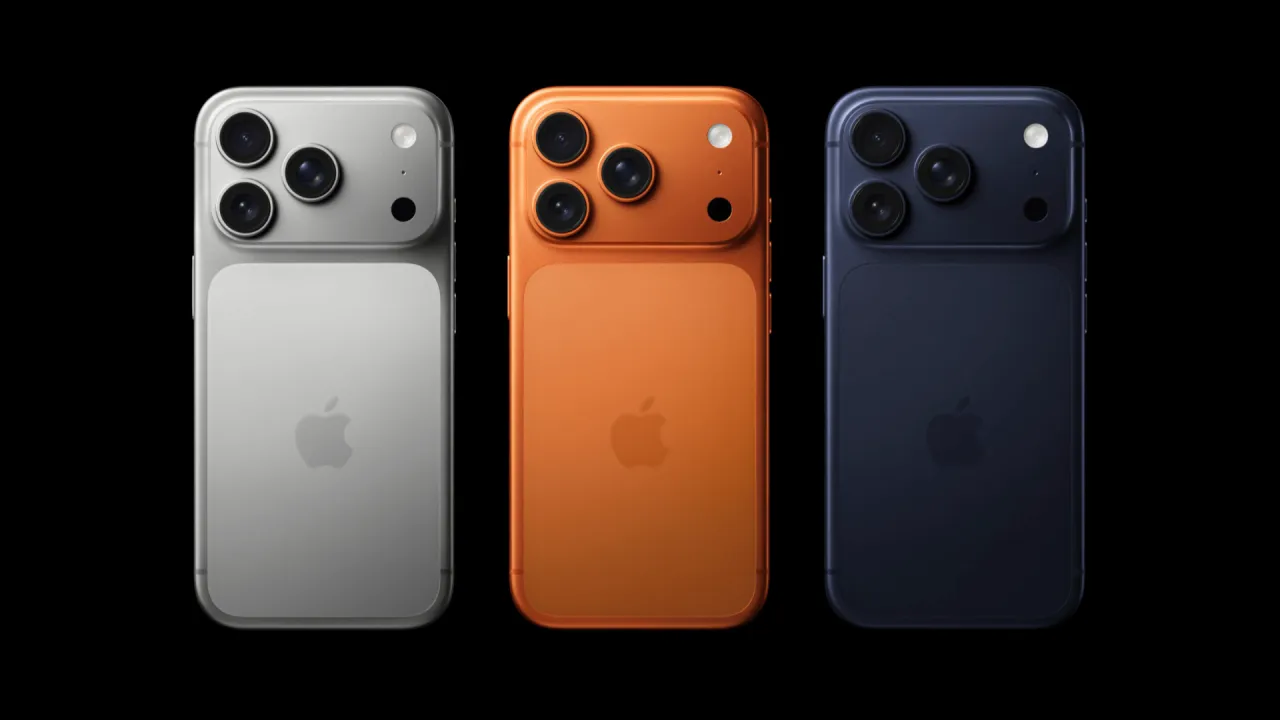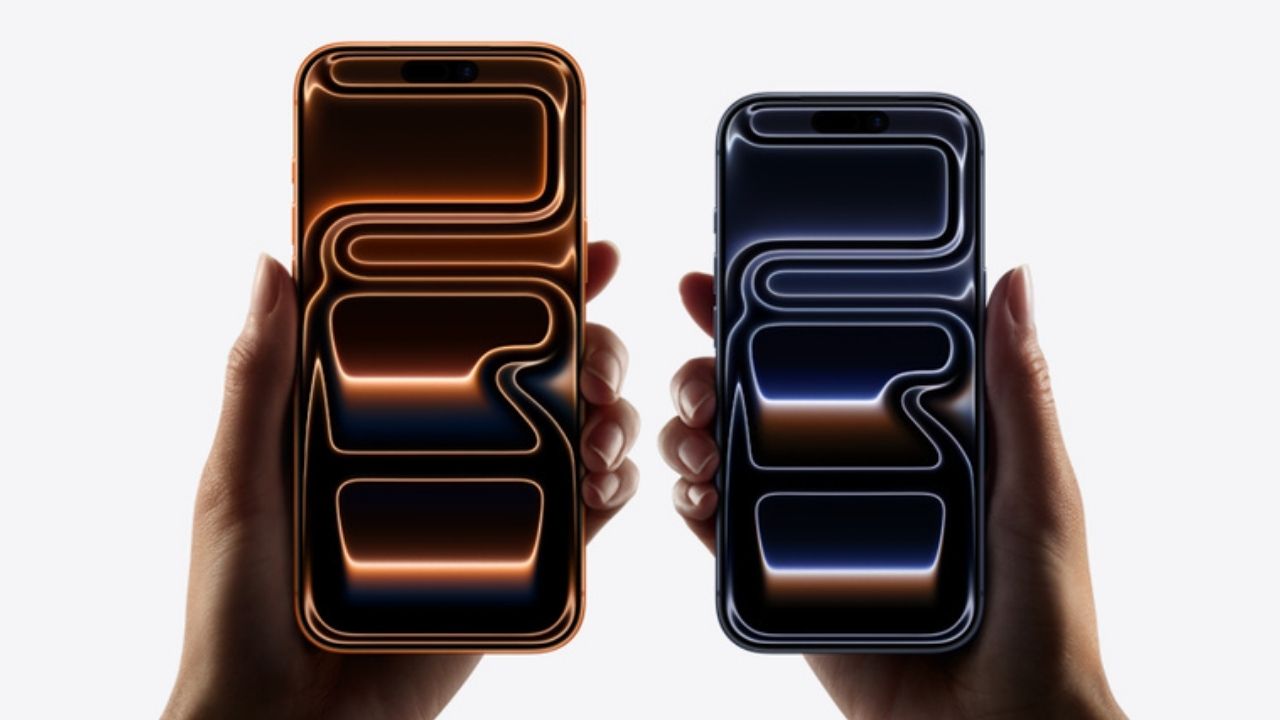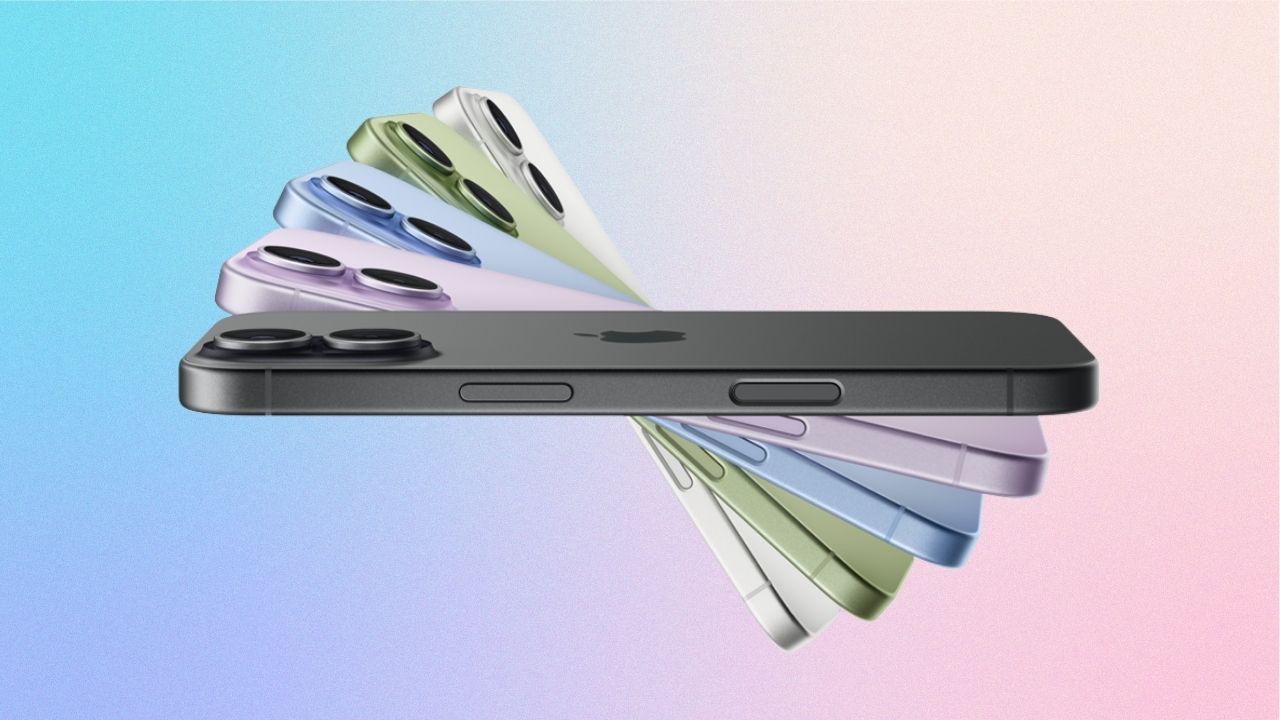They’re almost there in terms of design, but they completely miss the mark. The impressive kickstand on the Beats iPhone 17 cases is overshadowed by the new Rugged case, which feels unoriginal. Since I have both cases to review, let’s begin with the better one.
The case with the kickstand
Surprisingly, this case is the less expensive of the two, priced at $80 in Canada. Aside from the fun kickstand, the price feels steep for what’s offered. The case is made of standard matte plastic, but it includes a capacitive sensor for camera control and feels pleasant to hold, even if slightly slippery. A hidden magnet is integrated along the right edge, between the power button and camera control, ensuring the kickstand locks properly. Although subtle, this little detail greatly enhances the user experience and works better as a result. As mentioned earlier, it’s a clever design that looks cool in a playful, eye-catching way.

When you use the case, you notice it wasn’t fully tested. With screen rotation lock on, making a YouTube video fullscreen causes the screen to rotate opposite the magnet strip. To make the kickstand work properly, you must either turn off rotation lock and adjust the phone until the screen aligns correctly or place the kickstand on the side without the magnet, which works but is less smooth.
Beats seems to encourage keeping the kickstand on the right side, as it stabilizes the phone with the wrist strap, while using the other side causes a bit of rocking. Once placed on a table it works fine, though you can’t use it to hold the phone upright in portrait for TikTok, and constantly toggling orientation lock is annoying.
Some people already use wrist straps on their phones, and this one, which serves dual purposes, could be the best option. However, because of its magnet attachment, it works perfectly only with the Beats case. With other cases, Pro Max iPhones work reasonably well, but the smaller iPhone 16 struggles to fit properly.
The rugged model
At first glance, the case closely resembles Moment’s Rugged case. However, the Beats version offers a slight improvement with its capacitive passthrough for camera control, which the Moment iPhone 16 cases lack.
Moment’s new iPhone 17 cases fix the previous issue and slightly differentiate from the older design, reducing market overlap. Still, it feels inappropriate for a large company like Beats (Apple) to copy the design so closely, and it makes me question whether the kickstand idea was originally Beats’ at all.
This bulkier case has a textured bottom half for grip, but much of the phone’s surface where you interact remains smooth.

Beats created a large cutout around the Camera Control area despite using a capacitive passthrough, causing my thumb to land there often and leading to more accidental top-edge presses than with any other case I’ve used.
This seems like an idea that looked good on paper but wasn’t properly tested, resulting in a half-baked design so frustrating that I had to disable Camera Control, which I normally keep locked for zooming. Priced at $115 without the kickstand, this case feels overpriced given its copied design, though it does provide the best drop protection of any Beats case so far.



